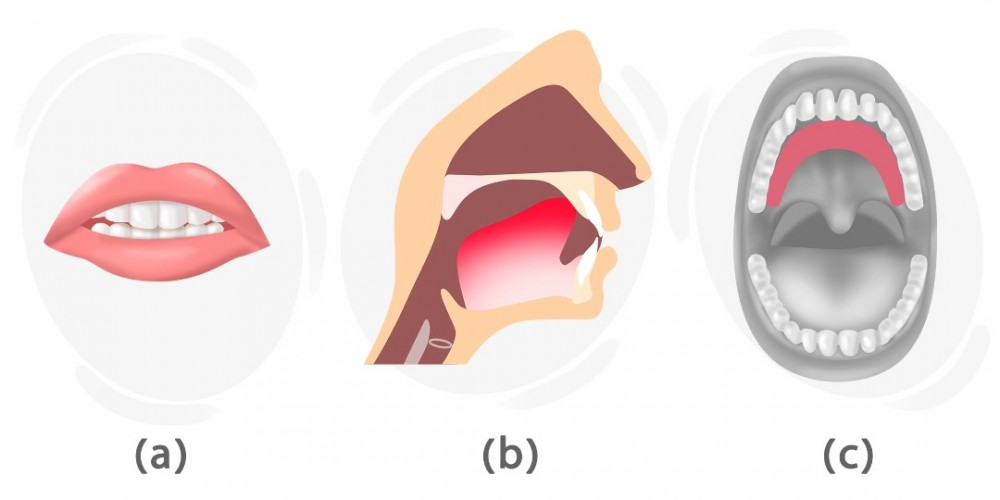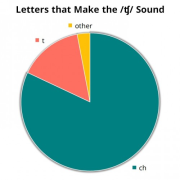How to Pronounce the /tʃ/ Sound

In this lesson, we are going to learn about the production of the /tʃ/ sound in the English language using the appropriate articulatory organs.
What Type of Sound Is /tʃ/?
/tʃ/ is a consonant sound in the English language.
How to Produce /tʃ/?


As you can see, in picture (b), the tongue plays an important role in the production of this sound. The tongue rises up and its tip touches the roof of the mouth. As you can see, the back part of the mouth remains in its place. Note that the uvula has blocked the air from coming out of the nose. With the tongue in that position, the air is stopped, and then, we lower the tongue, releasing the air forcefully out of our mouth. In picture (b), it is clear that the circle of the vocal cords is grey meaning that the /tʃ/ sound is voiceless, so we do not need to vibrate our vocal cords in the production.
As you can see, in picture (a), the corners of the mouth are directed inwards and the teeth touch slightly.
If you take a look at picture (c ), you will understand that the tongue plays a major part in the production of this sound. The red part indicates where the tip of the tongue makes contact with the roof of the mouth.
/tʃ/ Sound in the Most Common World Languages
As you can see in the table below, the /tʃ/ sound exists in most common languages in the world. You can easily learn to produce this sound With the instructions we have provided for you, along with a little practice. Look:
Existence | Example | |
|---|---|---|
Mandarin¹ | ✔ | 车 (chē) |
Spanish | ✔ | chocolate |
Hindi | ✔ | चाय |
Bengali | ✔ | চশমা |
Portuguese | ✔ | tchau |
Russian¹ | ✔ | чуть |
Japanese¹ | ✔ | 小さい |
Vietnamese¹ | ✔ | chá |
Turkish | ✔ | çok |
French | X | - |
German | ✔ | Tschinelle |
Italian | ✔ | ciao |
Persian | ✔ | چوب |
Standard Arabic | X | - |
Korean¹ | ✔ | 친구 |
Indonesian | ✔ | cuci |
Filipino² | ✔ | chocolate |
Hungarian | ✔ | gyümölcslé |
Dutch | ✔ | Tjongejone |
Polish¹ | ✔ | ćma |
Romanian | ✔ | cer |
Swedish | X | - |
Czech | ✔ | morče |
Greek | X | - |
Ukrainian | ✔ | чотири |
Urdu | ✔ | چائے |
¹ The sound is similar, but it is not identical.
² This sound is regional or non-native.
Listening
Below, there is an audio file that helps you learn the proper pronunciation of the /tʃ/ sound:
Comments
(0)

